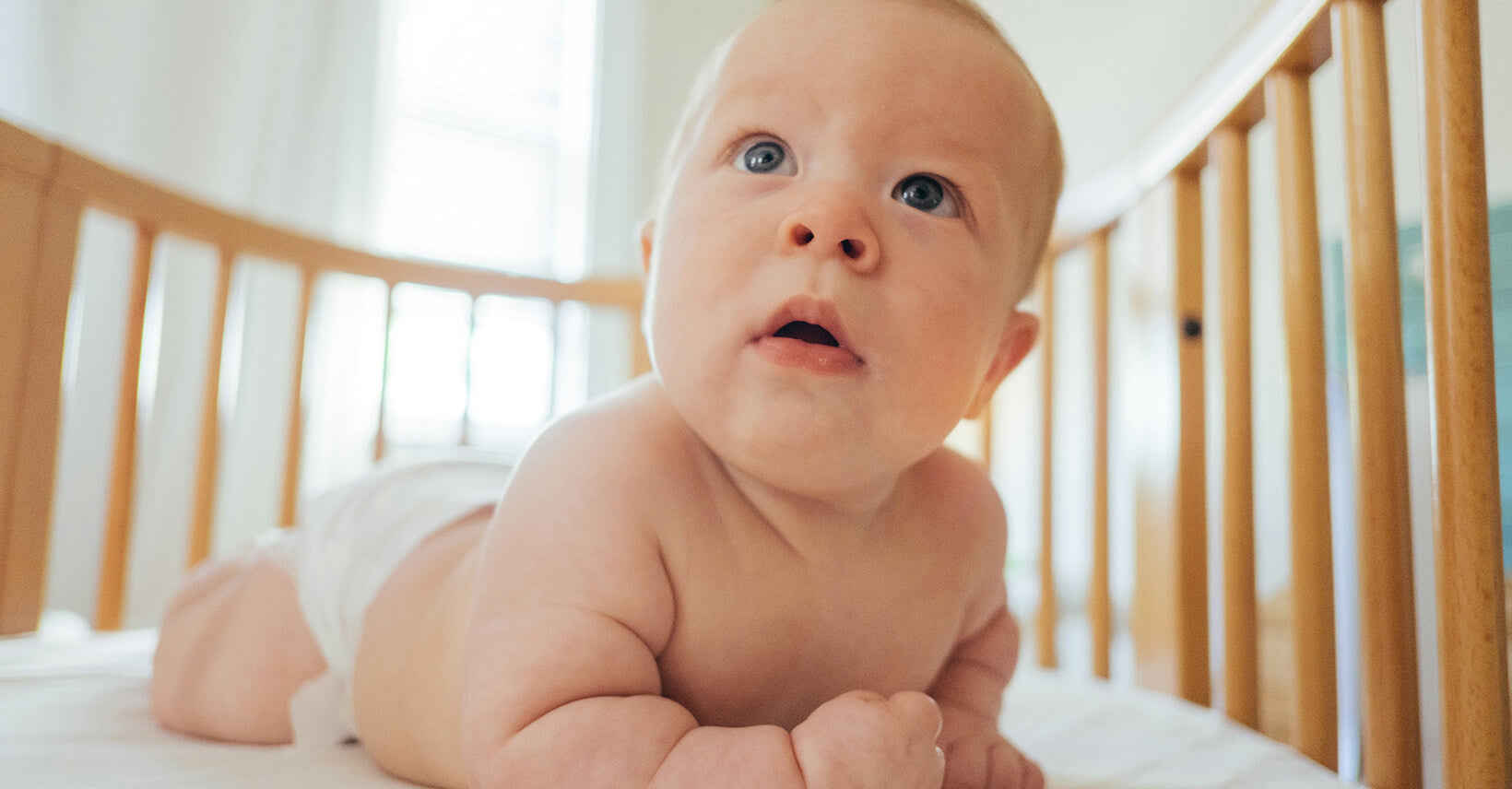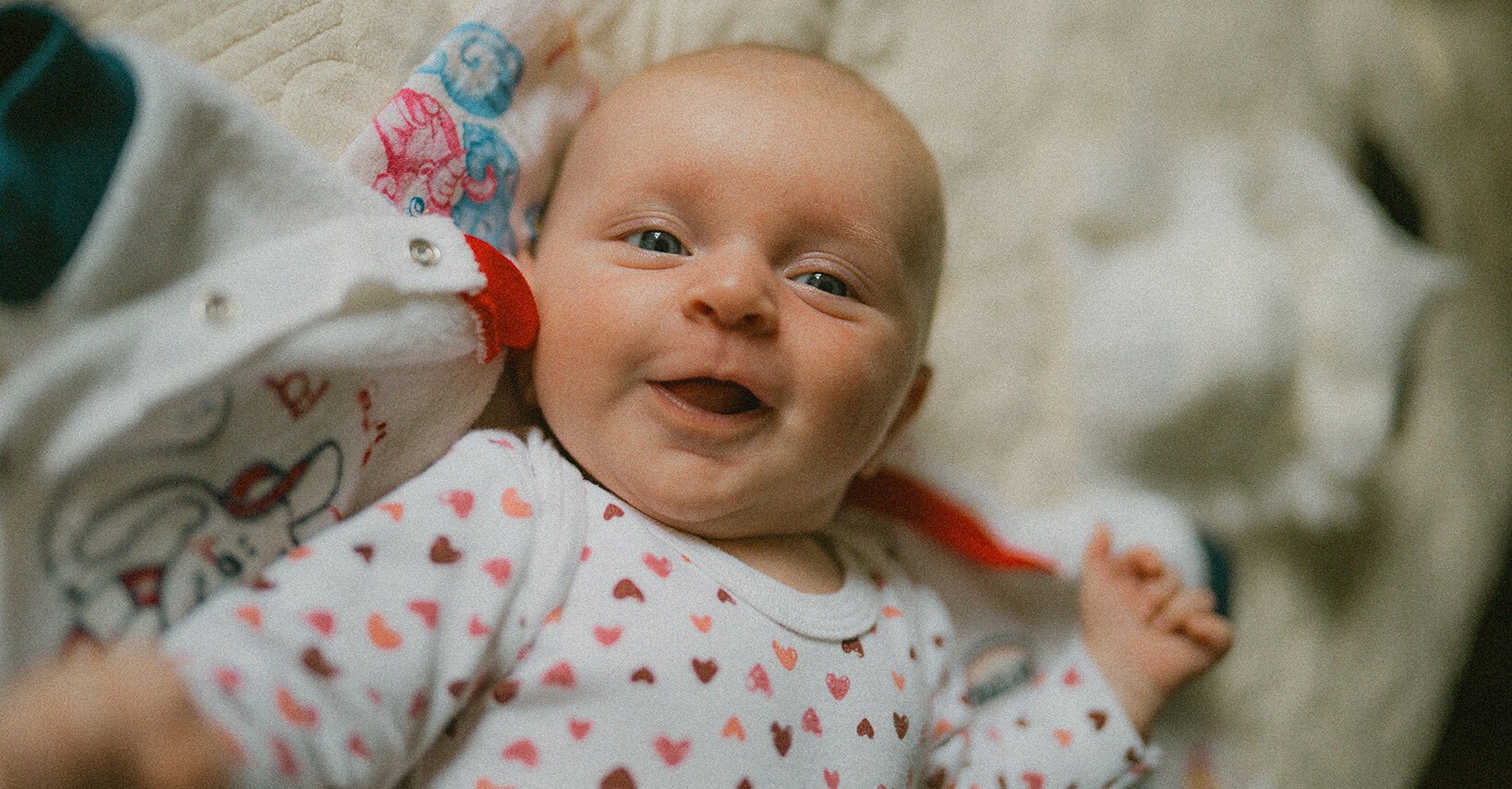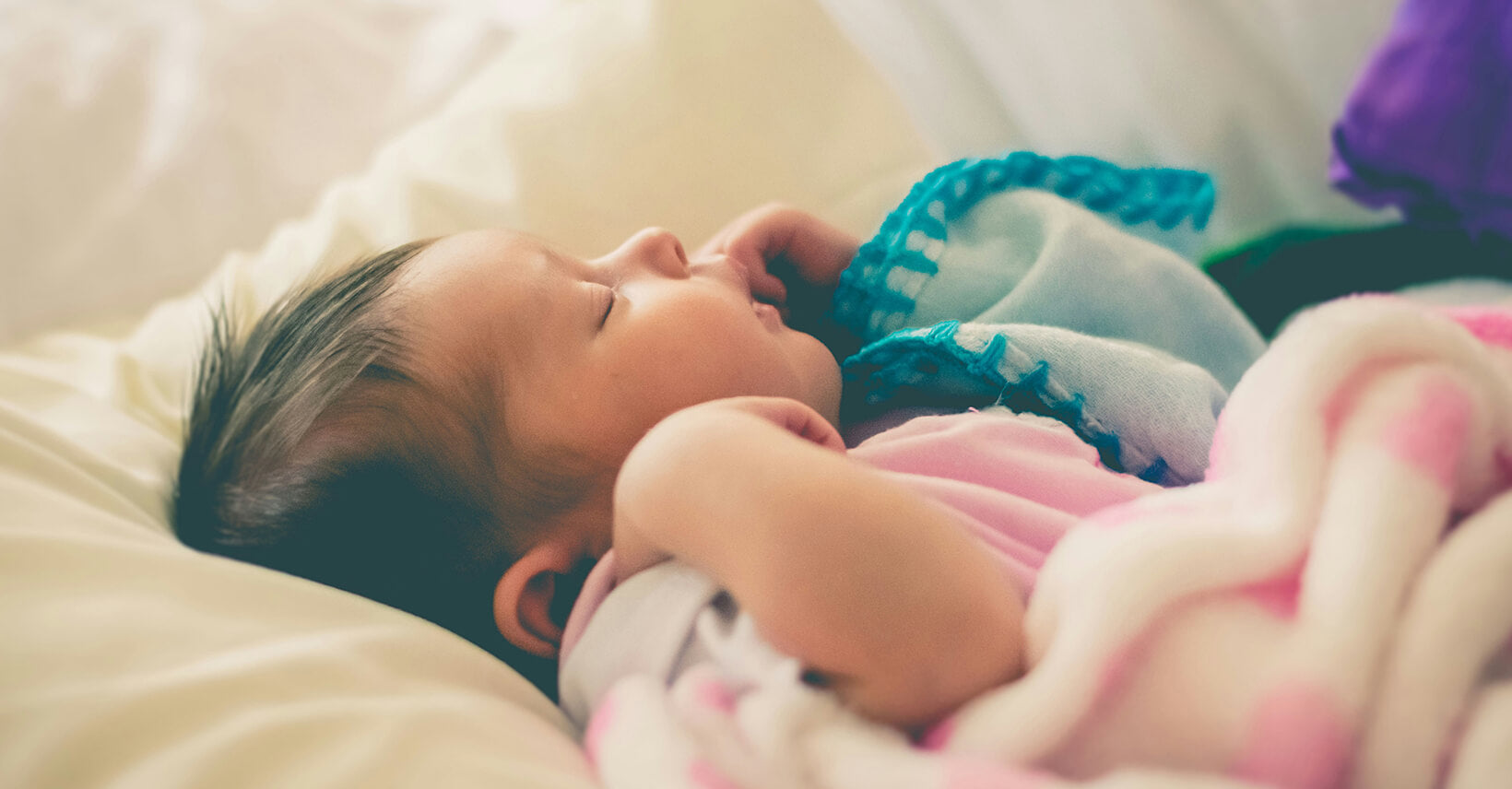
When And How to Lower Your Baby’s Crib Mattress?
Oh, hi there! Looks like you're wondering when it's time to lower your little one's crib mattress. I remember asking myself the same question not too long ago. As our tiny babies grow bigger by the day, it can be hard to know exactly when to make adjustments to keep their sleep space safe.
But don't worry, I talked to my pediatrician and did a little research, and now I've got some helpful tips to share with you on this important transition. So please read this article patiently.
Why should you lower your baby’s crib?
Here are some key reasons why you should lower your baby's crib mattress:
Safety - Once your baby can pull up to stand, lowering the mattress reduces the risk of falls and injuries. At standing height, babies may be able to climb out head first, which is dangerous.
Prevents entrapment - A lower mattress position also reduces the risk of your baby getting limbs or body parts stuck between crib slats or becoming wedged between the mattress and crib side.
Encourages sleep - A lower mattress position makes it harder for standing babies to play or cling to the crib rails, encouraging them to lie down and sleep.
Transitions to toddler bed - Lowering the crib mattress helps the gradual transition to a toddler bed, as it gets baby used to a similar height they'll experience with the toddler bed on the floor.
Improves supervision - With the mattress lowered, you'll be able to see into the crib better as your baby stands, making supervision and monitoring easier.
Promotes independence - Adjusting the mattress as baby grows gives them a chance to strengthen skills, like learning to get in and out of the crib on their own.
Indicators and signs for lowering the crib
Your baby's behaviors and cues often provide clear signals for when it's time to adjust the crib height. Keep an attentive watch for these unmistakable signs that suggest the crib should be lowered.
Peek-a-boo enthusiasm: Does your baby joyfully use the crib rails for peek-a-boo games? This delightful behavior indicates curiosity and readiness for a lower crib position.
Climbing adventurer: If your little one attempts to climb the crib rails, it's a clear sign that the crib needs to be lowered to ensure their safety.
Aspiring stand-Up: As your baby gains strength and balance, learning to stand up in the crib becomes a new skill. Lowering the crib prevents unexpected falls and provides a soft landing.
Settling for Sleep: When your baby starts settling to sleep while lying on their side or belly, it's a sign that they're asserting their independence and require a lower crib setting for comfort and safety.
When should you lower your baby’s crib?

Three Crib Height Settings
Cribs offer the convenience of three adjustable height settings for both parent's comfort and baby's safety. These varying height modes cater to the ever-changing needs of growing infants, providing a secure and adaptable sleeping environment. Let's explore these three distinct crib height modes in detail, each serving a unique purpose in enhancing the well-being of both babies and their caregivers.
Highest Crib Setting
As you embark on the journey of parenthood, setting the crib at its highest position becomes your baby's first introduction to the world of slumber. This initial arrangement offers a range of benefits, from easy access for parents during those sleep-deprived nights to creating a cozy and womb-like environment for your newborn. The higher position minimizes the need for bending, making it convenient for soothing, feeding, and diaper changes. However, while this setting is ideal for the early months, it's crucial to keep a watchful eye for the signs that indicate it's time for an adjustment.

Middle Setting
As your baby's growth melody progresses, you may find yourself tuning into the mid-level crib setting. This setting often comes into play around the time your little one begins to roll, sit up, or exhibit a curious penchant for exploration. Placing the crib at a middle height ensures your baby's safety as they start to move more actively. It offers a balance between accessibility and containment, allowing your baby to practice new skills while keeping them securely nestled in their sleep haven.

Lowest Setting
Just as a crescendo adds depth to a musical composition, adjusting the crib to its lowest setting adds new dimensions to your baby's sleep environment. When your baby is able to stand or pull themselves up, it's time to transition to this setting. It prevents curious climbers from taking tumbles and ensures their safe slumber. While the process may seem daunting, a step-by-step guide can simplify the adjustment, ensuring a secure fit for the crib mattress and offering you peace of mind.
How to lower your baby’s crib mattress?
Alright, lowering the crib mattress is really easy. First thing you wanna do is make sure the crib is empty - take all the toys, blankets, anything out of the crib.
Next, look for the mattress support bars on the sides of the crib. You'll find them near the top. There should be levers or buttons you can press to release the bars. Go to both sides of the crib and press down on those levers at the same time.
Once the bars are released, the mattress will no longer be supported at the top and will start to drop down. Gently lower it down slowly until it reaches the lowest point.
You may need to apply a bit of pressure to get it fully seated in the lower position. Make sure both sides have locked into place before letting go.
That's it! Check that the mattress is firmly locked in at the lowest level on both sides. Then you can put baby's sheets and blankets back on. Just be extra careful now that the crib is lower to the ground.
Lowering crib safety tips
Here are some important safety tips to keep in mind when lowering your baby's crib mattress.
Make sure to empty the crib completely before lowering the mattress. Remove all toys, blankets, bumpers or anything else that could fall or get pinched.
Press the mattress support bar levers simultaneously on both sides of the crib. Doing one side at a time can cause the mattress to become uneven.
Lower the mattress slowly and steadily. Do not drop it, as this could potentially cause the sides to become misaligned.
Check that the mattress is fully seated and securely locked into the lowest position on both sides before continuing. Apply light pressure to test.
After lowering, always verify the mattress support bars have latched correctly by trying to lift each side slightly. It should not move at all.
Watch your baby closely when placing them back in the crib, as the lower height is a new adjustment.
Be aware the crib is now much closer to the floor. Take extra precautions to baby-proof around the crib area.
Consider using a toddler guard rail or additional safety measures once your baby can stand, as they may be able to climb out of the lower crib.
Warning about drop-side crib
It's essential to shine a spotlight on the potential hazards associated with drop-side cribs. These cribs, once favored for their convenience, have been found to pose significant risks. The movable sides, meant to ease access to the baby, can lead to unintended consequences. Babies can become entrapped, leading to injuries or worse. It's a cautionary tale of functionality gone awry, urging parents to be vigilant and informed when it comes to their baby's sleep space.
Creating a safe sleep space inside the crib
Remove all loose bedding such as blankets, pillows, bumpers and toys from the crib. These items pose a suffocation risk.
Instead of loose blankets, use a lightweight sleep sack or swaddle to keep baby warm without the risk of covering their face. Make sure the arms are free once baby starts rolling.

Fit the sheets tightly so baby can't push them into their face. Don't use thick fleece or quilted sheets which could overheat baby.
Lay baby on their back to sleep, as this position significantly reduces the risk of SIDS.
Consider using a breathable mesh crib liner if wanted for dirt or moisture control. But make sure any liners don't create places where baby's head can get wedged.
Keep the sleep space in the crib clutter-free so baby has room to sleep safely without obstruction.
Use a firm, flat mattress that fits snugly inside the crib with no gaps. Never add extra padding.
Monitor the temperature and baby's clothing - maintain a comfortable temperature but avoid overheating.
Conclusion
Hello again! We've come to the end of this article, and I hope you found the information helpful. Just like you, I once had those same questions about when to adjust my baby's crib mattress. It can indeed be a bit perplexing as our little ones grow so quickly.
But rest assured, by consulting with your pediatrician and doing some research, you're well on your way to ensuring your baby's sleep environment remains safe and comfortable as they continue to grow. Remember that each child is unique, and it's essential to prioritize their safety and comfort above all else.
Kaiya Baby is here to accompany you throughout your parenting journey, offering you guidance and assistance whenever you need it.Here's to happy and peaceful nights for both you and your precious little one!
Our favorites

Yujia Shi
An expert in sleep sack design, is a valued contributor to Kaiya Baby's blog. With a strong background in baby sleep bags and maternal care, she is highly regarded for her professionalism. Yujia Shi prioritizes baby comfort and safety in her designs, using high-quality materials. Her insightful articles on sleep bags have been featured in reputable publications and have gained a significant readership. Trust Yujia Shi to help you create a comfortable and safe sleep environment for your baby, backed by her proven track record in the industry.






Leave a comment
This site is protected by reCAPTCHA and the Google Privacy Policy and Terms of Service apply.